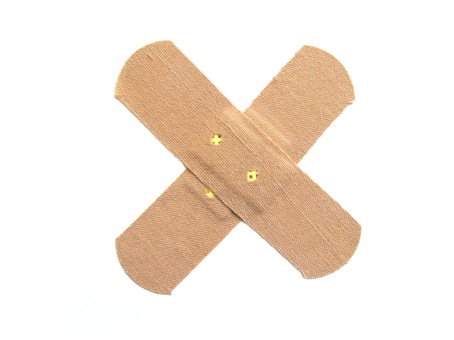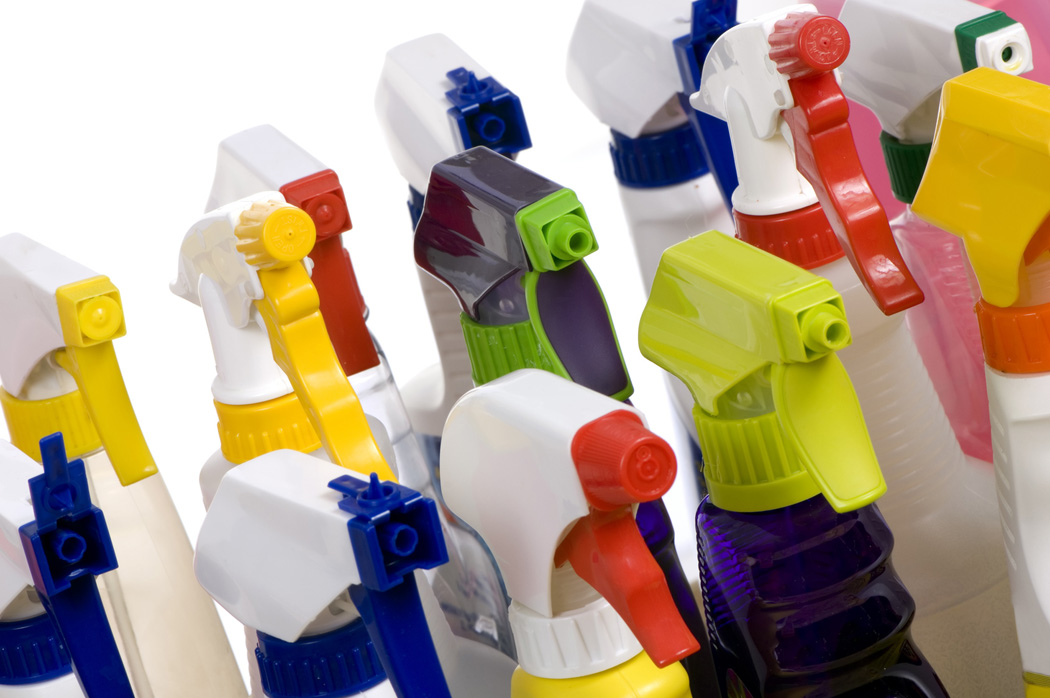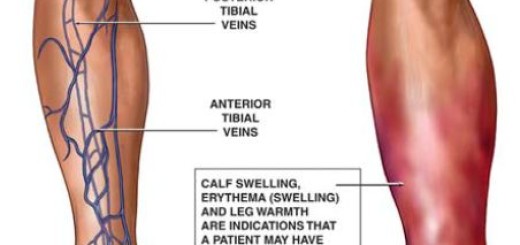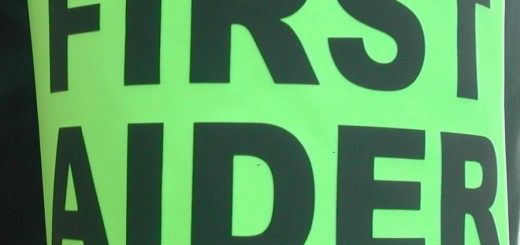First aid for scrapes
Scrapes are common injuries which can often be treated effectively with simple first aid.
What is a scrape?
An area where the skin is rubbed off is called a scrape. This is not a serious issue, and is minor and less deep than a cut. However it can be more painful as it damages nerve endings. Sometimes slight bleeding can occur.
Scrapes may occur when you knock on something or when you fall.
The medical term for a scrape is abrasion.
First aid for a scrape
- Clean your hands with soap and water.
- Clean your wound first by washing with soap and water, and then if large dirt particles are present get them out using tweezers.
- Apply an antibiotic ointment. (optional)
- Leave it uncovered if the scrape is small unless the wound is likely to get dirty or rubbed.
- If the scrape is larger or is bleeding cover it with a sterile gauze bandage.
- If necessary, keep the area elevated to decrease the swelling and prevent further bleeding.
You should seek professional medical attention if
- The scrape is very large.
- Pus or red streaks are present at the affected area.
- Fever is present or if the wounded area is heated up.
- Dirt is present deep inside the wound.
- The scrape is caused by a rusted object and you have not had a tetanus shot.







I did not know that a scrape is more painful because of the nerve endings, that is interesting and I should have known that. I also did not know that you do not need to bandage a scrape unless it is in a place where it will get dirty.
Thanks for all the information!!! I am loving this site!!
It does make sense to leave the bandage off, I think, unless it’s a big one or it’s bleeding. That way, it has a chance to heal faster than it might otherwise. I didn’t know that though, until I saw it in a first aid article, so it’s great that we have access to resources like this one.
I would not have known to keep the area elevated in some cases, and I’m glad I saw this today.
I also learned something new today on how keeping the body part(s) elevated to slow down swelling and bleeding, Tacare! I guess when it comes to how blood flows, having the body part(s) bent, or in an awkward position where more muscles are active causes the internal bleeding to augment. Especially with osmotic pressure in relation to blood cells, it seems fitting to have elevation to prevent such fluctuations from occurring!
You don’t think of a scrape as a serious thing that ever needs anything more than getting it cleaned and maybe a band aid. This was a very interesting post I learned a lot. If my daughter gets a scrape, I look at it and say oh that looks alright you’ll be fine and I send her back out to play. I think in the future I am going to keep her inside for a little while with it elevated and cleaned out just to reduce any risk of infection. Thanks for the info.
Great tips! This is basically what I do for my children, but I remember when I was younger the crazy things that my parents and grandparents would do. They would break out the hydrogen peroxide, iodine, alcohol, etc. Antibiotic ointment is all that I use now, and it works great! It is also far less torturous!
I was fortunate to never have to worry about dirt particle whenever I had a scrape. The abrasions was usually due to indoor activities where areas were relatively clean from any kind of crumbs and such. It must be a painful and disgusting experience for anyone that may have had pus apparent at the abrasion itself. And I feel that some people, especially those that had the abrasion from a rusty object, have ignored seeking professional help because it wasn’t anything major.
It’s that type of naiveté and not being informed on things such as this that could seriously have people affected and lead to more fatal events. This blog post is surely a valuable resource for people to seriously be considerate of even smaller things like abrasions. A bit of common sense, knowing how to assess the situation, and also having common concern over one’s health can go a long way!
You would also want to consider how to care for the abrasion while it is healing, especially for children. I know when I was a child I loved to pick at my scabs when I was bored, and I was left with some pretty gnarly scars afterwards. After treating the abrasion in children, I would remind them to not pick on the scabs, lest they risk infection of the wound. That would hopefully scare them into not picking them!
It is important to determine the cause of the scrape especially if you are caring for a child. This is to rule out the possibility of tetanus exposure. Stepping on a nail or getting caught on a metal fence, these are some examples of being exposed. These are locations where the causative agent, Clostridium Tetani grow and inhabit. The rust itself is not the cause for tetanus infection.